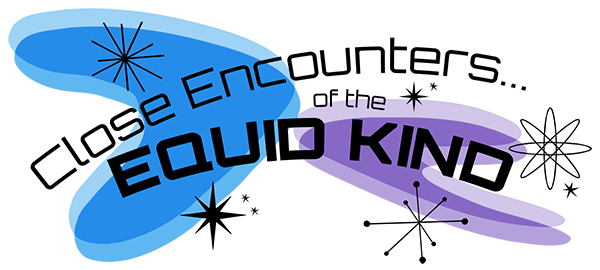Event Title
Grooming for Success: A Classical Approach to Elite Care of the Ancient Greek Horse
Session
Session 7: Horse Care
Location
Mary Tefft White Cultural Center, University Library
Start Date
1-10-2023 11:00 AM
End Date
1-10-2023 12:30 PM
Description
Modern horse care often involves the common practices of grooming, stabling, maintaining, and training a horse to provide for their daily needs and to achieve the desired training goals. Horse care was similarly practiced in ancient Greece to train and maintain horses for the cavalry. Artistic depictions and literary descriptions of horsemanship from the Classical Period (480-323 BCE), show that horses in ancient Greece were provided with regular care, which included grooming, training, and stabling. Additionally, the tasks associated with caring for a horse were assigned to different members of society based on social status. Select literary passages from The Art of Horsemanship, a manual on horse care and training written in approximately 365 BCE by Xenophon, an elite member of society and cavalry commander, indicate how the tasks were to be provided and the responsibilities assigned to the slave-groom, hired trainer, and elite horse-owner. The common care practices can be seen in a variety of artistic mediums and show the similarities that exist between ancient and modern horse care practices. Despite technological advancement and the evolution of horse’s role within society, the need to adequately provide a horse’s daily care is essential to their well-being and signifies an unchanging aspect of the human-horse relationship throughout history.
Recommended Citation
Rigg, Heather, "Grooming for Success: A Classical Approach to Elite Care of the Ancient Greek Horse" (2023). Equine History Collective Conference. 5.
https://docs.rwu.edu/equinehistory-conference/2023/sunday/5
Grooming for Success: A Classical Approach to Elite Care of the Ancient Greek Horse
Mary Tefft White Cultural Center, University Library
Modern horse care often involves the common practices of grooming, stabling, maintaining, and training a horse to provide for their daily needs and to achieve the desired training goals. Horse care was similarly practiced in ancient Greece to train and maintain horses for the cavalry. Artistic depictions and literary descriptions of horsemanship from the Classical Period (480-323 BCE), show that horses in ancient Greece were provided with regular care, which included grooming, training, and stabling. Additionally, the tasks associated with caring for a horse were assigned to different members of society based on social status. Select literary passages from The Art of Horsemanship, a manual on horse care and training written in approximately 365 BCE by Xenophon, an elite member of society and cavalry commander, indicate how the tasks were to be provided and the responsibilities assigned to the slave-groom, hired trainer, and elite horse-owner. The common care practices can be seen in a variety of artistic mediums and show the similarities that exist between ancient and modern horse care practices. Despite technological advancement and the evolution of horse’s role within society, the need to adequately provide a horse’s daily care is essential to their well-being and signifies an unchanging aspect of the human-horse relationship throughout history.


